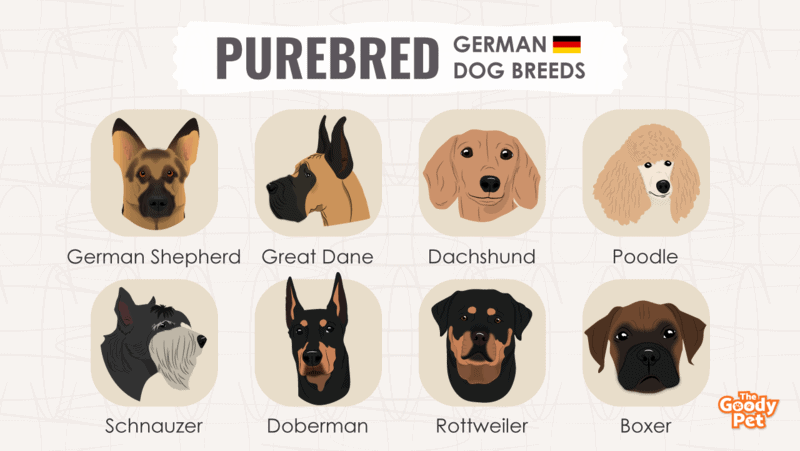Germany is a country with a rich history and culture, and its people are known for their love of dogs. In fact, Germany is home to some of the most popular dog breeds in the world.
There are many different dog breeds that originate from Germany.
Some of these breeds are well-known, such as the Rottweiler and the German Shepherd. Others are a little more obscure, such as the Dachshund and the Pomeranian.
Let’s take a closer look at some of the most popular German dog breeds. We’ll discuss their history, their temperament, characteristics, and why they might make great pets.
46. Harlequin Pinscher
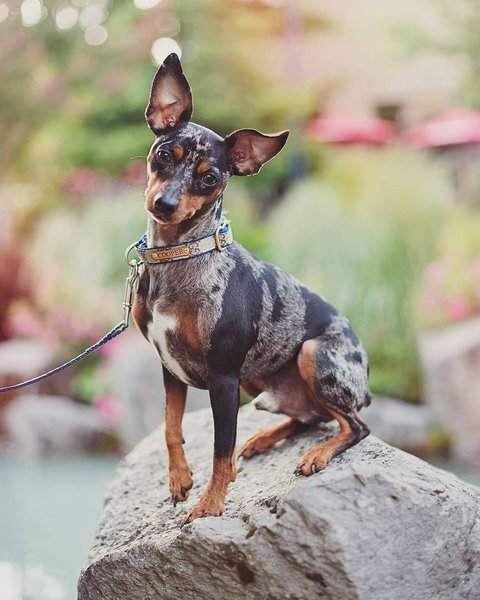
This dog is also known as the spotted pinscher due to its merle coat pattern. It is widely thought to be a simple coat variation of the miniature pinscher. This may not necessarily be the case.
Some experts believe that it is an entirely different breed that has been a mix between the mini pincher and other breeds like the fox terrier or rat terrier.
They are physically very delicate and need careful handling as well as house-training to avoid debilitating accidents.
45. Plott Hound
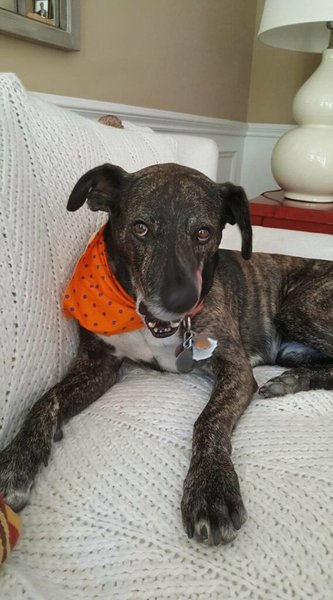
For a long time, Plott hounds were used as hunting dogs. However, they have become increasingly inclined to companionship and have been shown to thrive in environments where they are cared for.
However, as with any other outdoorsy German dog breed we have discussed, these furry little buddies need a lot of outdoor time. Otherwise, they will develop cabin fever and act out in frustration whether it is aggressive outbursts or mischievous acts.
44. Rottweiler
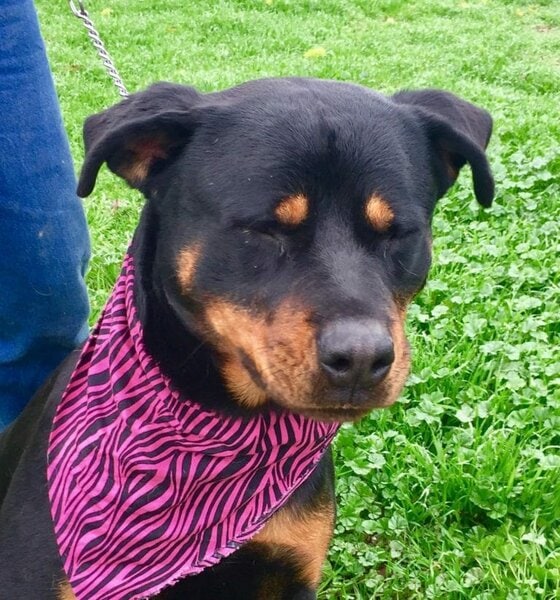
For most people, the first thing that comes to mind when we hear about rottweilers is aggression and attacks. While they may be territorial and prone to violence in extreme cases, these dogs are generally very calm and good-natured.
This is the case, particularly with rottweilers that were socialized early. However, biting habits may still be noticed which is just a part of their innate shepherding instincts. Other than that, it is a pretty fantastic dog for owners willing to do the work.
43. Dobermann
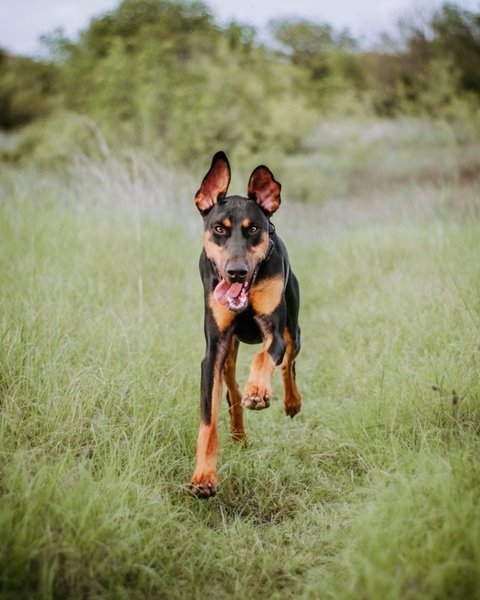
Another German breed that often stirs up fearful reactions is the Doberman which is known in North America as the Dobermann Pinscher. However, there is some merit to this apprehension as these can be very fierce and aggressive, especially when trained as protection dogs.
Despite this, they are real beauties with their symmetric proportions, lean forms, and glossy black coat. Naturally, their tails are long and slender but most kennel clubs around the world include docking as a standardized feature.
42. Boxer
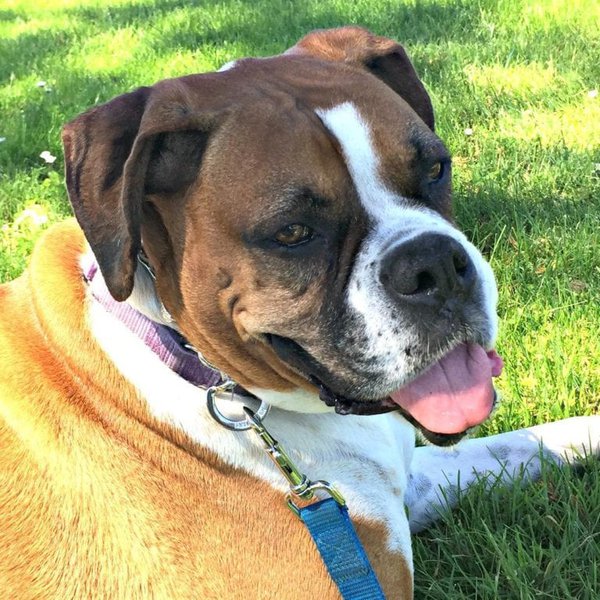
The Boxer is a mixed breed pooch developed in Germany by combining Old English Mastiff and the extinct Bullenbeiser’s bloodlines. The result is one of the most adorable breeds on the planet. This is largely due to its brachycephalic aesthetic but this, unfortunately, comes with several health consequences.
In terms of temperament, these dogs are incredibly loyal and affectionate and get along really well with children which makes them fantastic family pets.
41. Dachshund
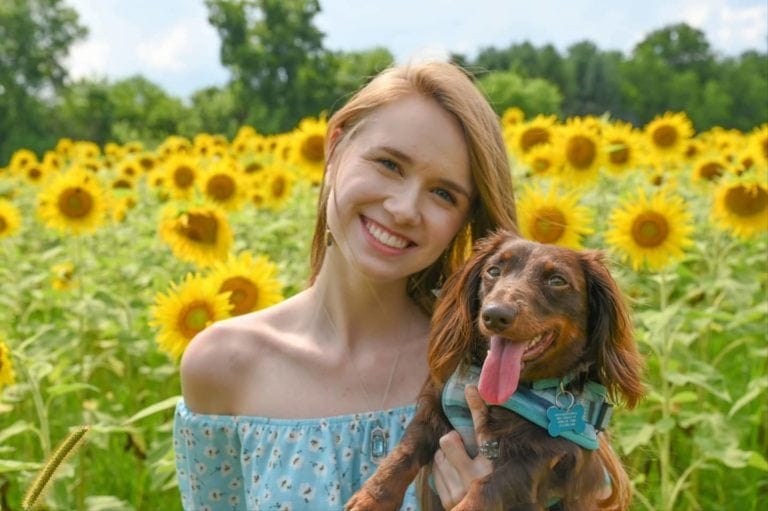
There is a running joke that Germans like their sausage dogs just as much as they like their sausage. Their odd disproportion is part of their charm and has landed them pretty high in the popularity ranks not just in Germany but in other parts of the world.
Doxies may be fun to look at but it is nothing compared to their awesome personalities. They are very affectionate and loyal and make for fantastic companions.
40. Weimaraner
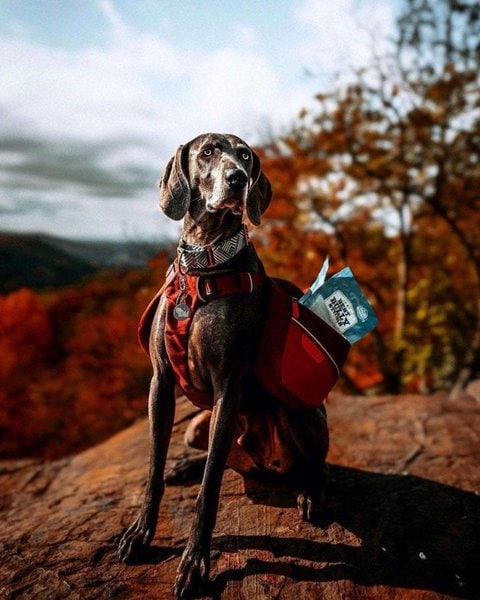
Also known as the gray ghost, these dogs were incredibly popular for several centuries among European nobility. They were favored for their impressive athleticism, sharp senses, and intense focus on the target.
These days, they are still popularly used in hunting and shooting circles. Few are kept as companion pets as they need a lot of training, socialization, and outdoor exercise time. But given how loyal and affectionate they can be, it is definitely worth the work.
39. Pomeranian
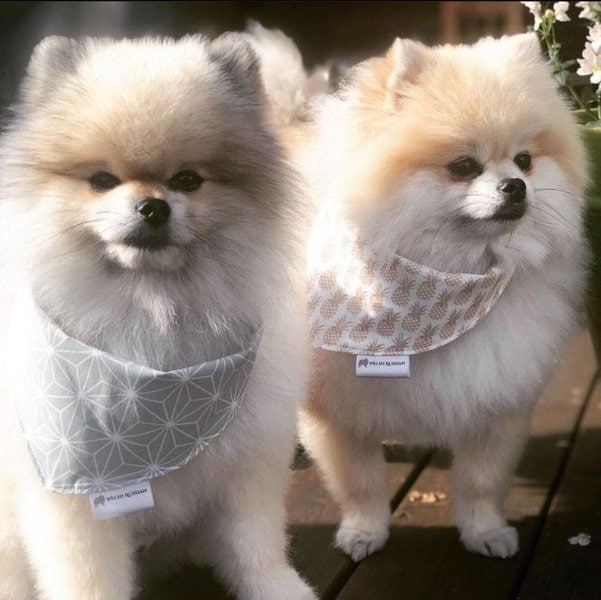
Pomeranians are toy dogs that are a part of the German Spitz dog family. They are known for their thick coats with a fluffy mane around their face. This gives them the adorable aesthetic for which they are so popular.
These Poms also have fantastic personalities. They are lively and require a lot of attention which is pretty the dream for most dog lovers out there. You just have to live with the excessive vocal expression.
38. Poodle
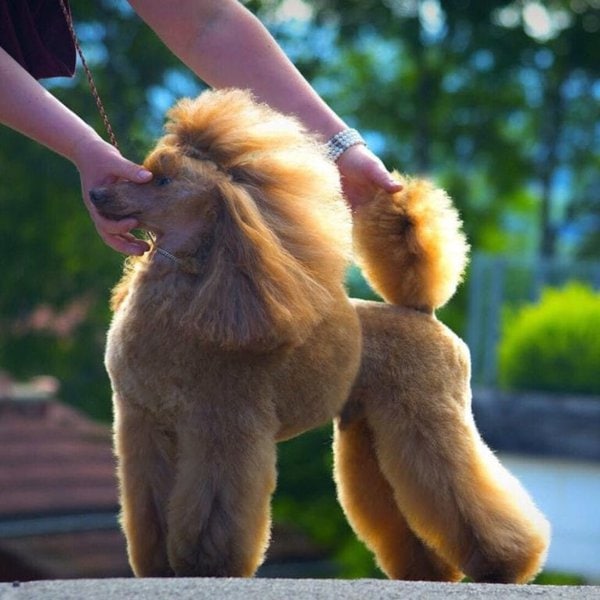
It may come as a surprise to you but the Poodle is actually native to Germany. Whether it is a Standard Poodle, a Mini Poodle, or the devastatingly cute Toy Poodle, these pups continue to rank very highly in popularity compilations all around the world.
This is largely due to their high intelligence levels and how generally easy they are to train. However, they can be quite aloof even to their owners at first and need a lot of patience as they warm up.
37. German Spitz
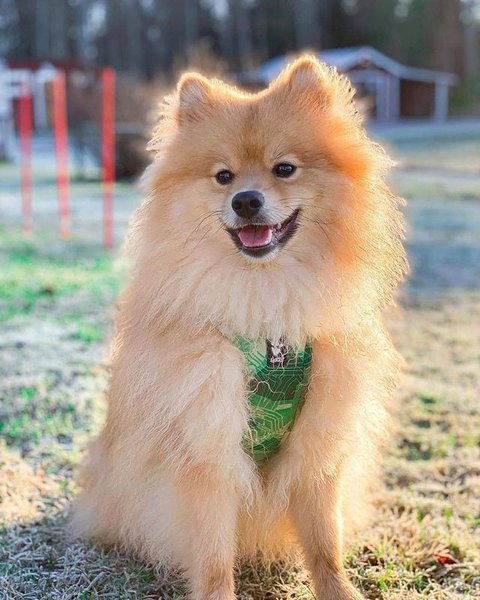
This is not to be confused with the German spitz family of dogs where the “s” is intentionally left in small caps. However, this is still a point of contention with many kennel clubs around the world.
The German Spitz breed is widely regarded as the original in the spitz family and is known for its strong likeness to wild dog relatives like wolves and foxes. This is due to the triangular head shape and perky ears.
36. German Shorthaired Pointer
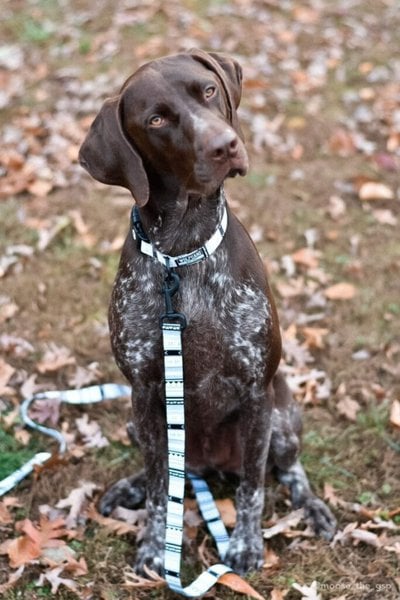
This is a strong dog in many ways and is one of the most popular outdoor breeds in the country. With its muscular body and long strong breeds, it has been used in all sorts of sports and outdoor activities from dog races to hunting.
This strength is also reflected in their personality. German Shorthaired Pointers can be quite dominating and are very confident. It is therefore important for owners to establish dominance early to avoid issues down the line.
35. Leonberger
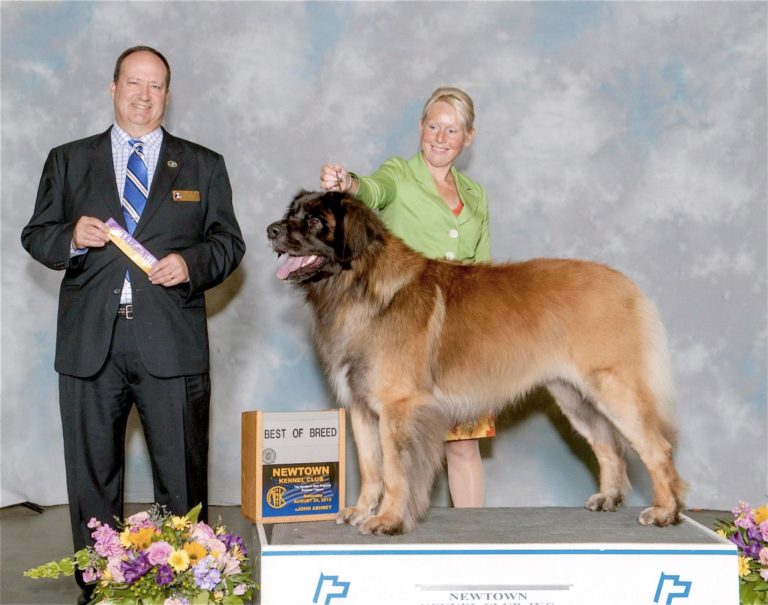
The Leonberger was bred to look like a lion and that is exactly the vibe you get from its appearance at first glance. It features strong but rounded facial features with a thick mane of fur around the neck reminiscent of a lion’s mane.
The personality, however, is less intimidating than that of the feline muse. The Leonberger is actually a very friendly and obedient dog that is very easy to live with.
34. Affenpinscher
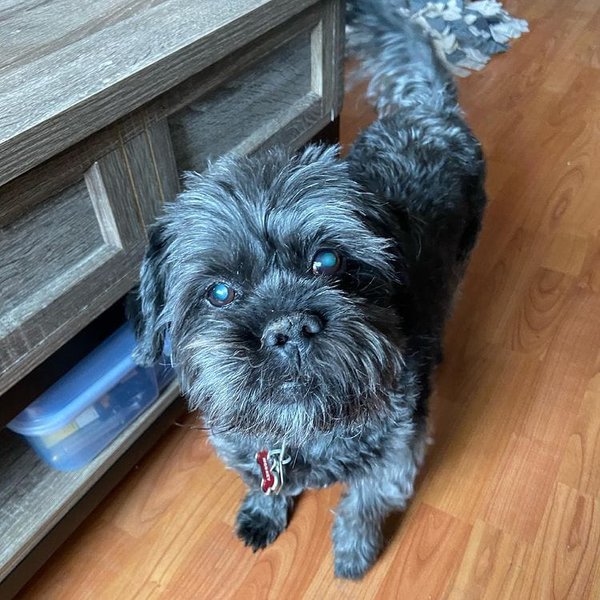
This dog has a “monkey-like” facial expression which is why it is sometimes referred to as the German Monkey Terrier. The little toy dog is popular for its lively predisposition and how friendly it is even with strangers.
Despite their small size, the incredibly protective pooches will stand up for their family members when they sense any sort of danger.
However, they are known for being stubborn and prone to throwing tantrums, especially when psychologically frustrated or not mentally or physically stimulated enough.
33. Miniature Pinscher
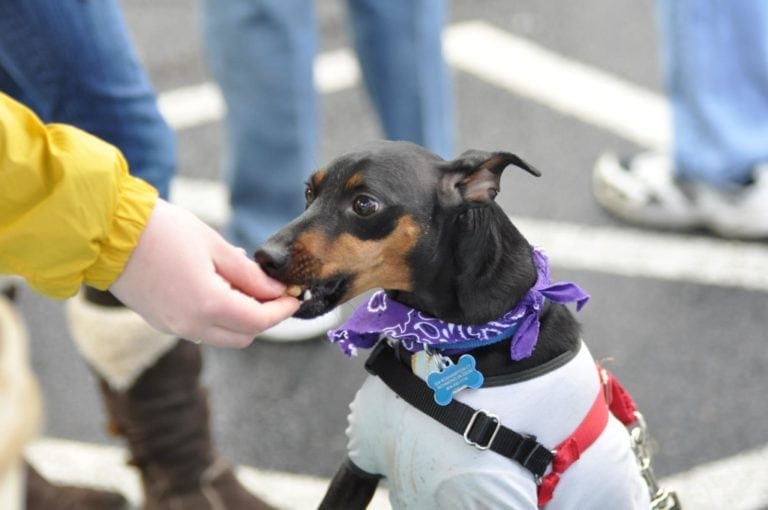
Pinscher dogs were used in old Germany to catch vermin in farm sheds while also serving as protection for livestock. Common members in this family are the schnauzer and Dobermann.
The Miniature Pinscher, on the other hand, was bred more for companionship and lapdog functions.
The small dog size was achieved by breeding German pinscher dogs with small breeds like the dachshund. With this combination, the pooches developed a shorter but proportional stature.
32. Eurasier
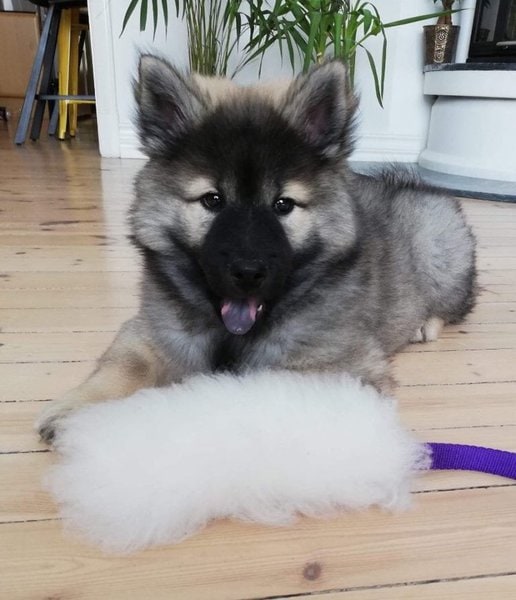
This is one of the most recent German dog breeds. Eurasier is a mix between a Keeshond and a Chow Chow with later versions including Samoyed bloodlines.
The result is a beautiful and loving spitz-type dog known for its intense bonds with its human companions.
In general, they are very easy to live with both in terms of how easy it is to train them and the fact that they are relatively low maintenance.
31. Giant Schnauzer
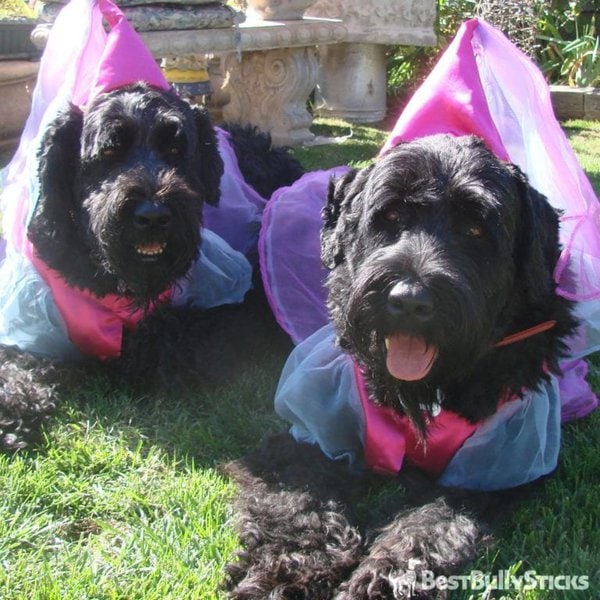
With upper limits of about 100 lbs in weight and about 28 inches in height, this German dog breed truly is worthy of the adjective giant.
The Giant Schnauzer is not a purebred dog but instead features contributions from primitive breeds like the Great Dane, German Shepherds, and Rottweilers just to name a few.
These breeds are often used as guard dogs for their reserved nature towards strangers as well as their constant high-alert mindset.
30. German Pinscher
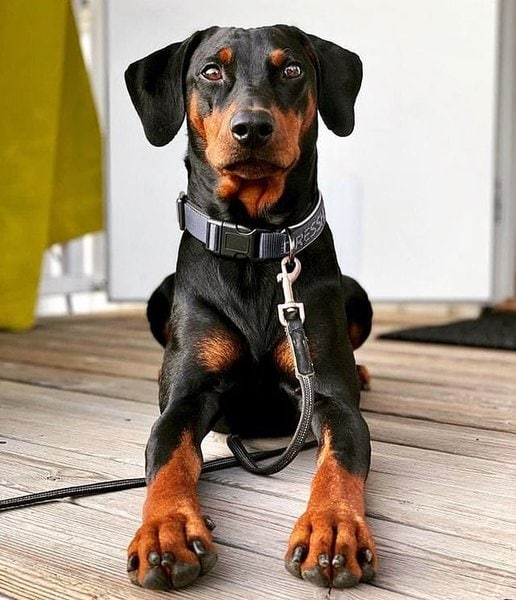
This is one of the most genetically important dog breeds in Germany. It has contributed to descendant breeds like the Rottweiler, Doberman, and Standard Schnauzer among many other dogs in the region.
In terms of appearance, they have tall and lean forms which contribute greatly to their athletic prowess. They also tend to often have docked tails and trimmed ears which were old-school practices that, though currently unnecessary, are still practiced.
29. Small Münsterländer
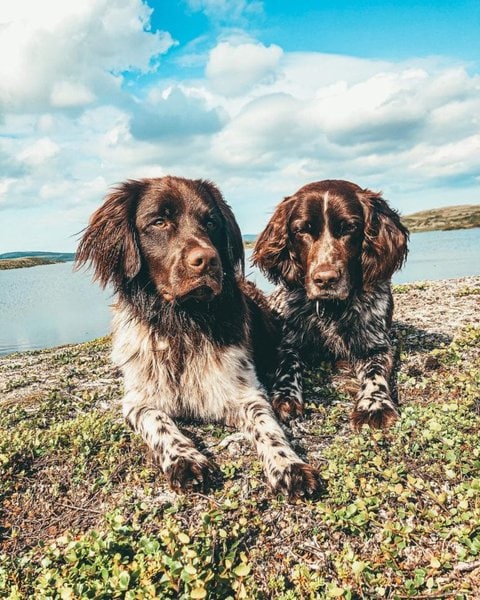
What is probably the most stand-out feature about the Small Münsterländer is its coat. The short and smooth fur features a beautiful pattern with brown spots scattered all over the white base color. What’s interesting is the fact that the head is often all brown.
This dog was truly built for the outdoors and is happiest in the wild whether it is chasing small animals or swimming. They thus need a lot of exercise when kept as companion pets.
28. German Wirehaired Pointer
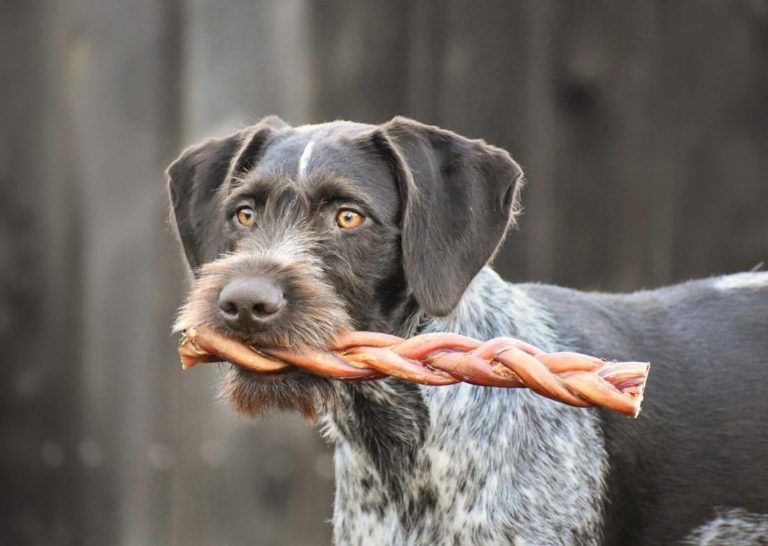
As the name suggests, this dog has a medium to long, wire-haired coat type. The coat has 2 layers which are ideal for the breed’s love for the outdoors despite being reared in some of the coldest parts of Germany.
In terms of personality, the German Wirehaired Pointer differs from the German Shorthaired Pointer mainly with its calmer and more obedient temperament. This definitely makes training and living with them a lot easier.
27. American Eskimo Dog
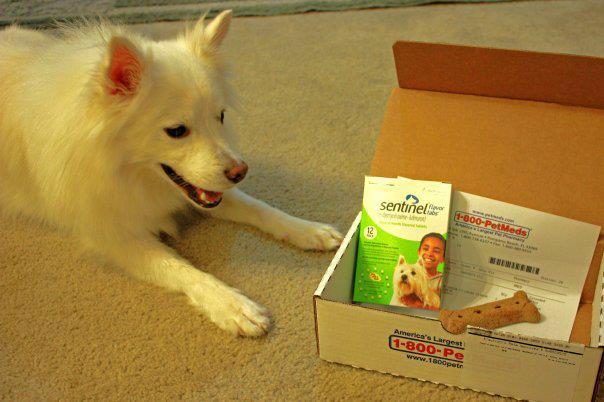
Do not be confused by the name. The American Eskimo dog is very much German. Its ancestors were German spitz dog breeds mixed with other western varieties for this white and fluffy ball of joy.
These dogs are particularly popular for their obedience and high intelligence which makes them ideal for first-time dog parents. They are also awesome family pups as they tend to get along very well with children.
26. Miniature Schnauzer
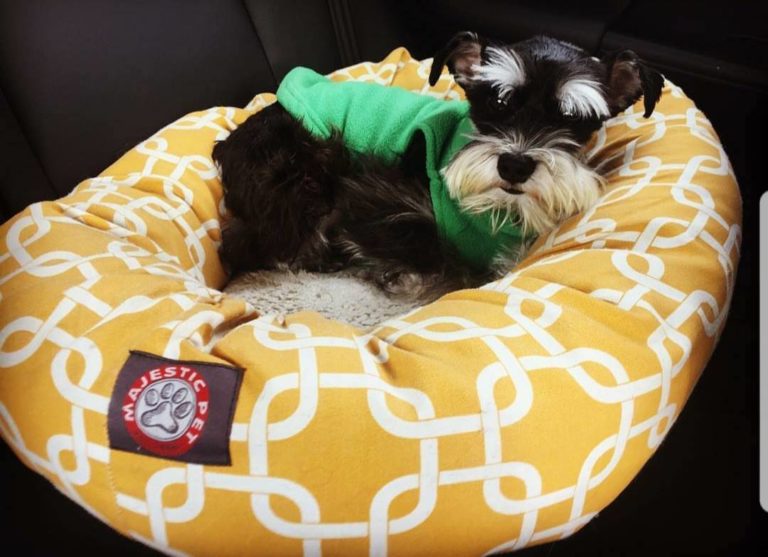
The Mini Schnauzer is so much more than just the smaller version of the standard schnauzer. When it comes to aesthetics, it may seem like they are just shrunken versions of their relatives with the same form, skull features, and even coat characteristics.
However, it is in temperament that the differences truly come out. Miniature Schnauzers are more vocal. They are also needier and more prone to throwing tantrums when frustrated.
25. German Spaniel
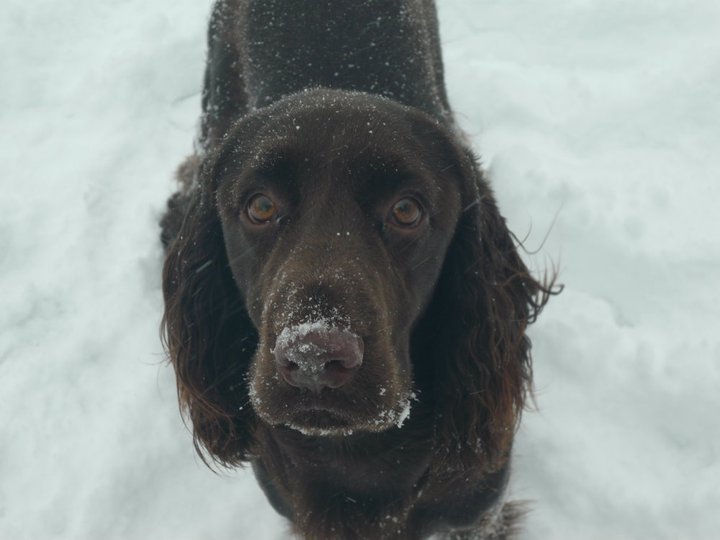
The German Spaniel is a rare breed to find anywhere outside Germany but it is one of the most popular breeds in the country. It was used widely by everyday folk in the country as a hunting dog for its strength, speed, alertness, and relentless focus on getting the prey.
They are also known for their beautiful glossy coats with long, smooth fur. Whether black, brown, or even red, it is not so hard to see why they are considered among the most aesthetically appealing breeds in the country.
24. Hovawart
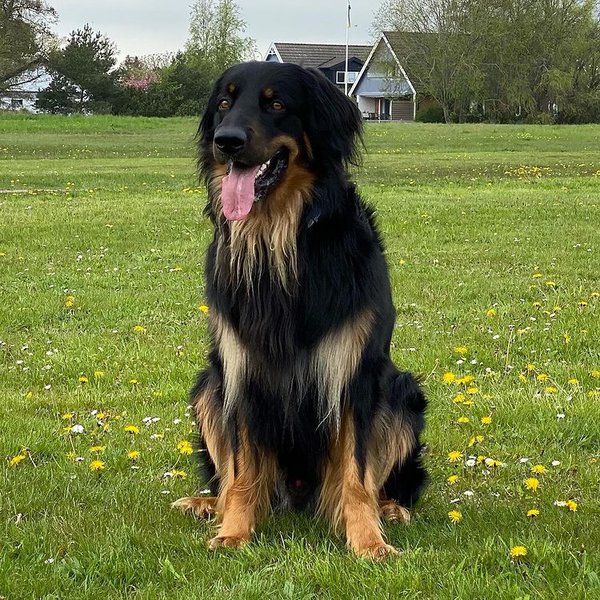
In a country with so many watchdogs to choose from, the Hovawart stands out as one of the best. Its name is actually German for “yard or farm watcher” as it was a favorite protection breed among farmers and homeowners for several centuries.
Several personality traits contribute to this including the dog’s wariness towards strangers. They are also great at tracking and were often used to find intruders who had gotten away.
23. Keeshond
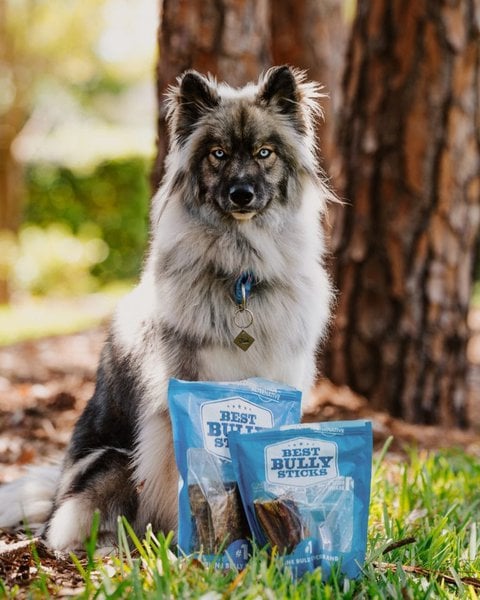
The Keeshonds can be traced back to spitz-like ancestors in Germany and the Netherlands. They have thick double coats with a characteristic ruff around the neck area. Groomers often take advantage of this to give the medium pooch the much-desired teddy bear aesthetic.
In the past few decades, the Keeshond has risen in popularity as a guide dog for physically challenged individuals. Its high intelligence, protective nature, and willingness to pick up on new tricks make it perfect for the job.
22. Standard Schnauzer
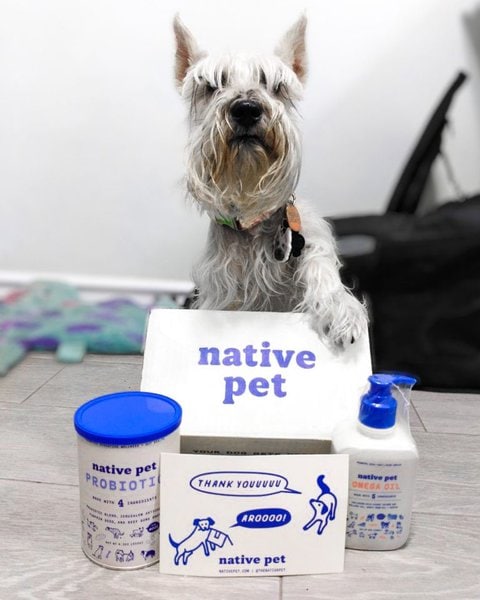
When it comes to temperament, the Standard Schnauzer is widely regarded as the ideal dog. It is very smart, loyal, alert, and reliable. All these make it fantastic for both companionship and work as they are very easy to train.
Physically, it falls between the weight and height averages of the giant and miniature schnauzers. Other features like the form and signature bearded snout are the same as with the other two variations.
21. Large Münsterländer
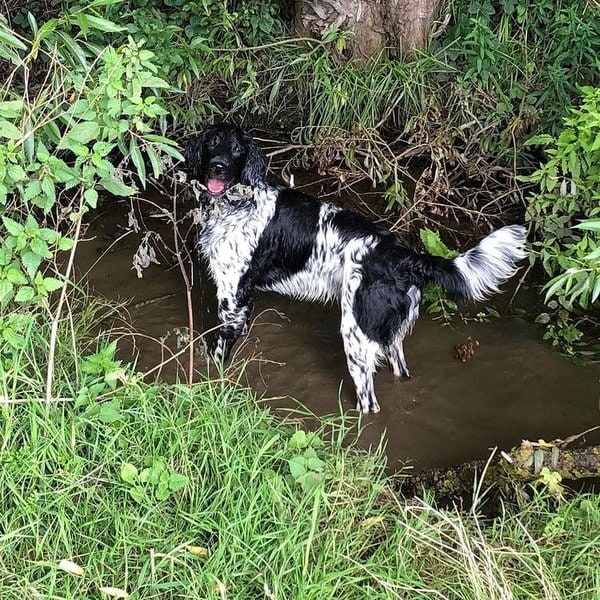
Technically speaking, the Large Münsterländer is a coat color variation of the German Longhaired Pointer. These dogs feature a piebald gene that causes varying degrees and distribution of dark spots on the white coat background.
This German dog was initially bred for the purpose of assisting with hunting by performing pointing and retrieval jobs. Today, it enjoys a much more relaxed lifestyle and is kept mainly as a very low-maintenance companion pet.
20. German Longhaired Pointer
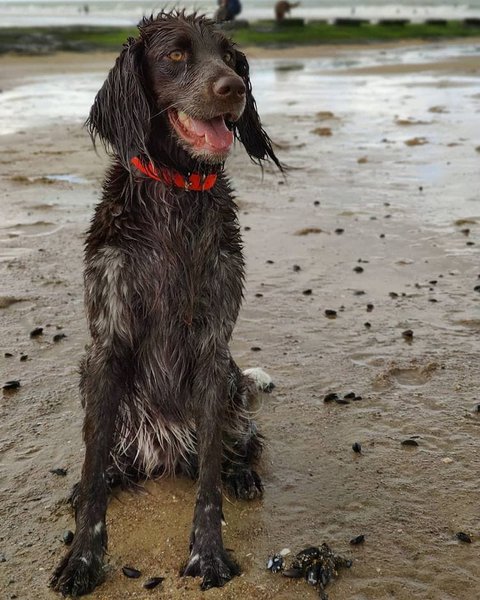
The German Longhaired Pointer is truly elegant in every sense of the word. It gets its name from the long, smooth fur on the thick coat. The hairs themselves are firm and tend to be straight but maybe a little wavy, especially on the ears.
This elegance is also reflected in its behavior as it is one of the most intelligent German dog breeds. It is also generally very calm and well-behaved for dog lovers who want an unproblematic fur baby.
19. Jagdterrier
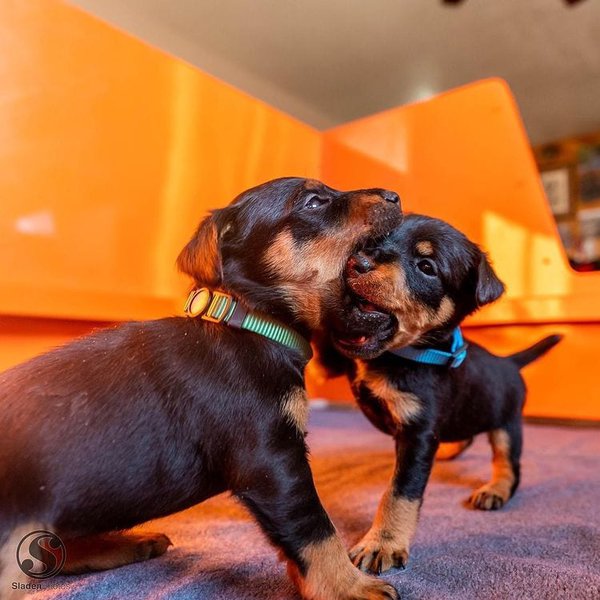
This dog is also known as the German Hunt Terrier. At an average of 13 to 16 inches in height and 17 to 22 lbs in weight, it is hardly the most fierce hunt dog out there. However, they are incredibly efficient especially when it comes to maneuvering tight spaces like underground dens and shrubbery to drive out prey.
Jagdterriers are also very adaptable and with adequate training and socialization will make for very good house pets.
18. German Hound
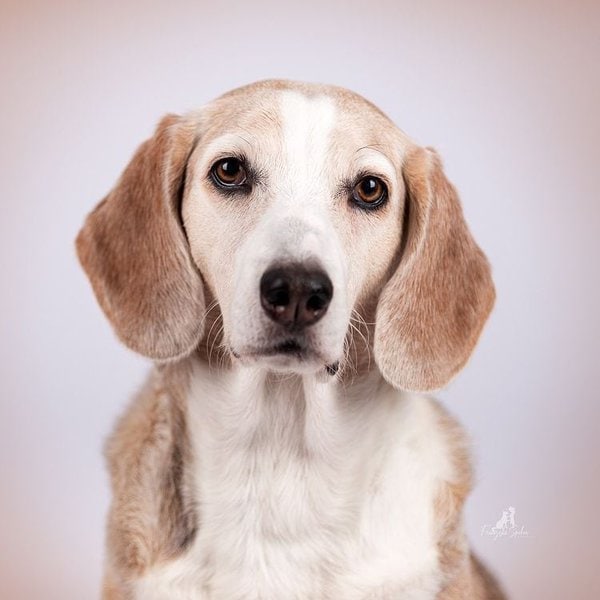
These dogs have for a long time been used as tracking dogs when hunting everything from deer to foxes in the German countryside. Their popularity in this line of canine work is primarily due to their great sense of orientation as well as their incredible scent-tracking abilities.
Despite working so well outdoors, German Hounds have been known to thrive with lots of indoor time bonding with their owners as they are low-key super needy.
17. Hanover Hound
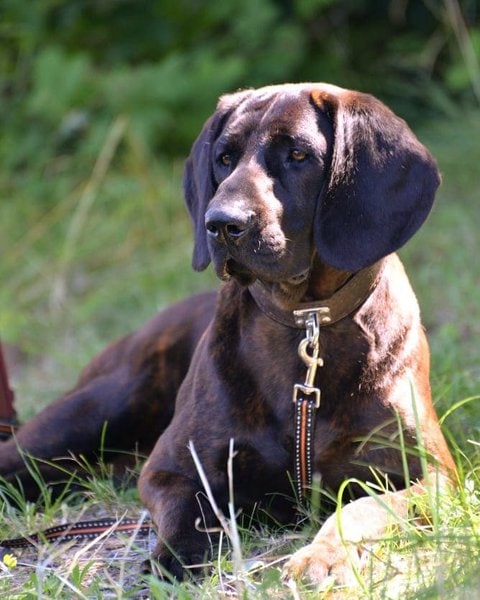
The Hanover Hound is a descendant of Liam hounds from medieval times. It was and continues to be used as a hunting dog for its scent tracking.
The Hanover Hound typically gets along well with children and is not easily frazzled by rough handling especially when socialized from an early age. However, they are generally mistrusting strangers and might be aloof at first before warming up after trust is built.
16. Bavarian Mountain Hound
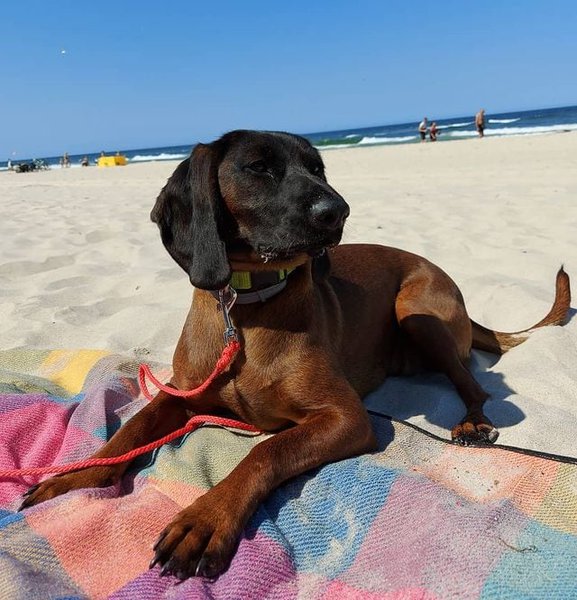
This is a mix between a Hanover Hound and a Bavarian Hound and makes for one of the most talented Bloodhound breeds from Germany. It takes after both parents almost equally especially in terms of physical characteristics.
Today, the breed features relatively standard characteristics including a broad and dome-shaped head, stocky body, and long, droopy ears.
The personality of Bavarian Mountain Hounds is mainly agreeable but they are known for being very stubborn and need time and effective skills when training.
15. White Shepherd
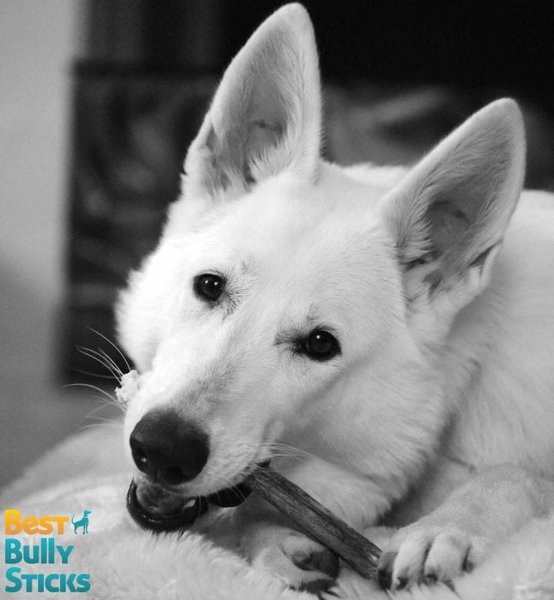
Technically speaking, this breed is not native to Germany as it was developed in North America. However, the fact that it is nothing more than a color variation of the German Shepherd is what lands it a legitimate spot on our list of German dog breeds.
Physically, the resemblance with regular German Shepherds is hard to ignore with the perky ears, long snout, and wide-set eyes. However, it is their pure white fur that sets them apart. This trait is due to a mutation existing in standard German Shepherds’ genes.
14. Bullenbeisser
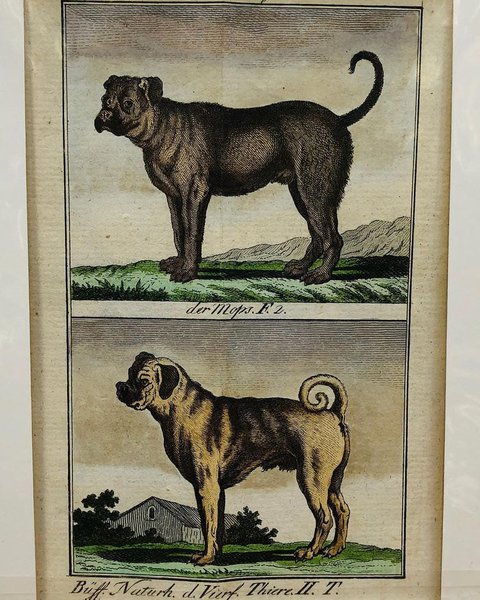
The Bullenbeisser has been extinct for more than a century now but their legacy lives on through breeds like the boxer.
These dogs were kept as working dogs with a very unique purpose. Their name translates to “bull biter” which refers to their task of biting and guiding livestock. They were also used in hunting as well as in old-world militaries as combat dogs.
They were also often kept as personal guard dogs with their mistrust of strangers and territorialism making them really effective in this position.
13. Pudelpointer
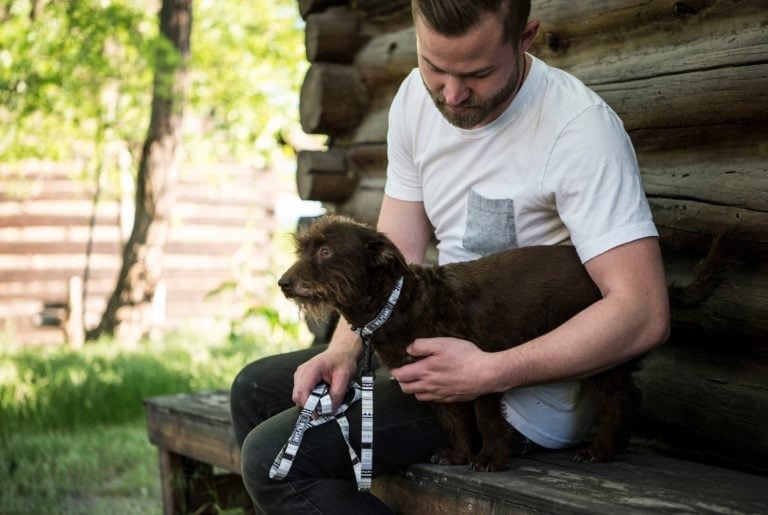
This is a mixed breed dog that is a combination of the German hunting Poodle and the English Pointer. Breeders who developed Pudelpointer in the late 19th century wanted an all-rounded and adaptable outdoor dog that could handle both land and water tasks.
Their wiry, thick coats are responsible for most of their versatility allowing them to comfortably survive in different kinds of weather as well as making swimming enjoyable for them.
12. Kromfohrländer

What makes Kromfohrländer unique is the fact that it is sort of a two-in-one kind of breed.
On one hand, you have the variant with a rough coat type. This fur is usually dense and short to medium in length. They also have a signature bearded snout.
On the other hand, you have another variant that has a smooth coat with long, silky fur. Unlike the rough coat that Kromfohrländer has, these ones do not have a beard.
11. Westphalian Dachsbracke
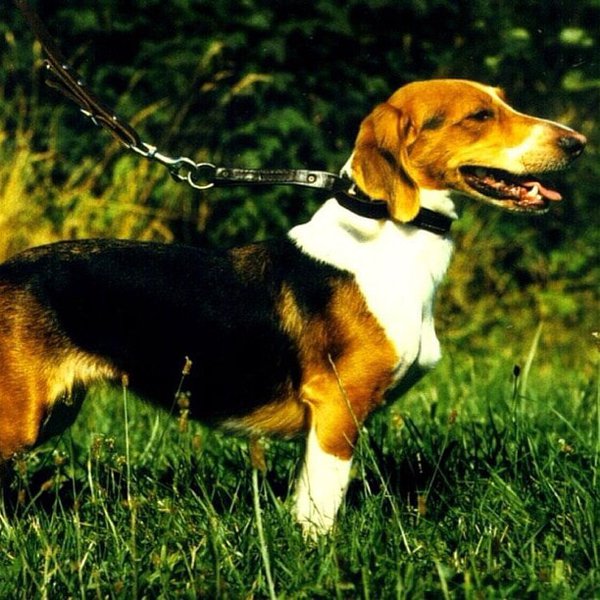
In many ways, the Westphalian Dachsbracke resembles the dachshund. It has the same disproportionate build with a long torso and short, stubby legs. However, this odd build is not as exaggerated as they tend to have shorter torsos than doxies as well as narrower chests.
In general, this is a very rare dog breed not only in other parts of the world but in Germany itself. This also makes it one of the most expensive options on our list.
10. Löwchen
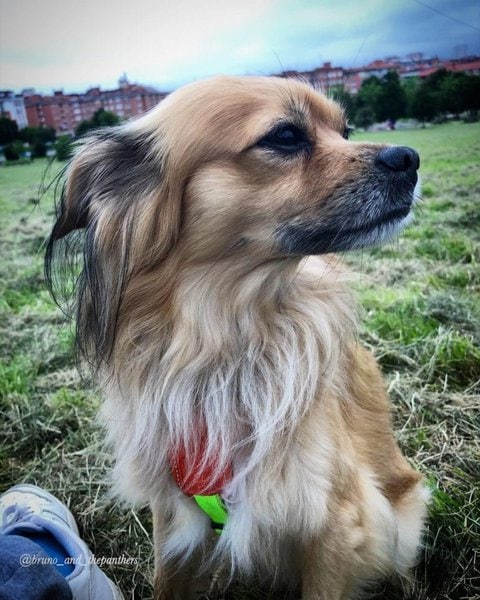
Also known as Little Lion Dog, this dog breed is believed to be originally from France but was massively popular in Germany as far back as the late 19th century.
Unlike the Leonberger which is specifically bred to look like a lion, this German breed is groomed for the aesthetic. This is made possible by its thick coat with long, wavy fur that is very easy to manipulate.
The gentle facial features of the Löwchen with its wide muzzle and broad skull further contribute to this aesthetic.
9. Deutsch Stichelhaar
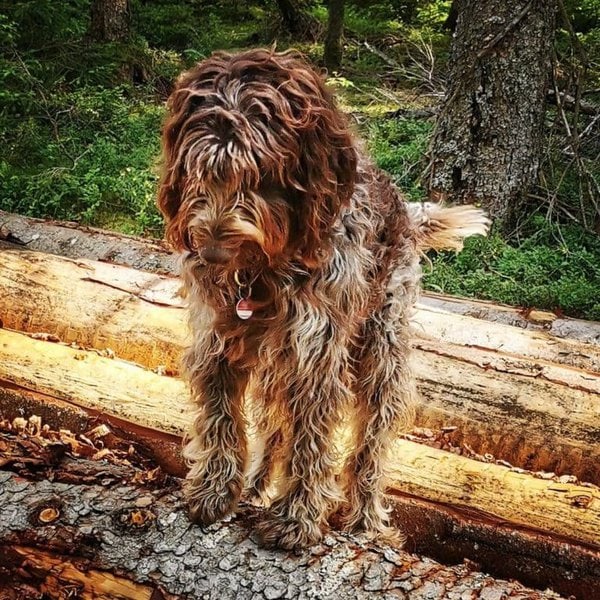
This is another recent entry into the list of German dog breeds and is a result of mixed breeding between German sheepdogs and rough-haired standing dogs.
The resulting medium-sized breed, Deutsch Stichelhaar, is adored for its very calm and laid-back personality. They are also very outdoorsy and will require a lot of exercise and time running around and playing outdoors to keep them happy.
Finally, they shed minimally and are generally low-maintenance options.
8. German Spitz Mittel
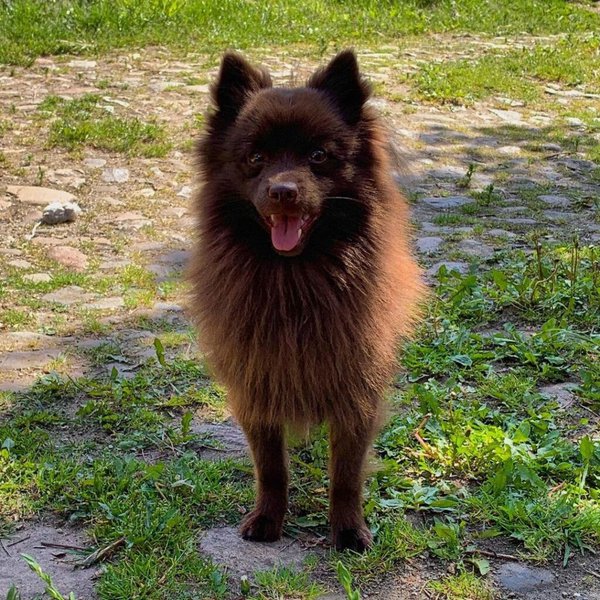
The German Spitz Mittel is one of the five members of the German Spitz dog family. They are considered great companion pets due to their undying loyalty to their owners.
According to size, they are the third largest of the family standing at 12 to 15 inches and weighing 15 to 25 lbs. The thick coat of fluffy fur also makes them look larger and heavier than they may actually be.
7. German Spitz Klein
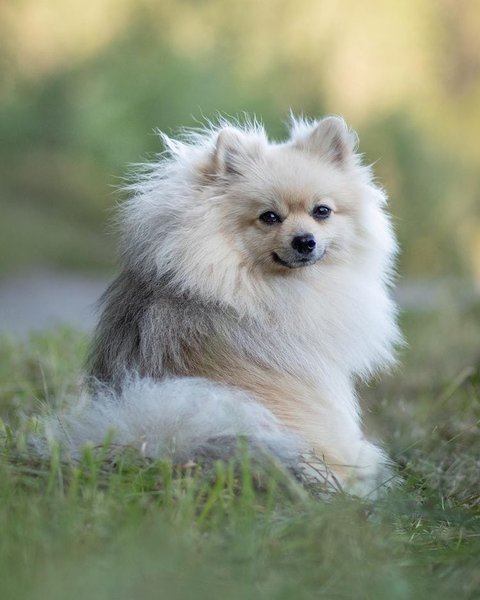
At 9 to 11 inches in height and 6 to 11 lbs in weight, the Klein variety is one of the smallest German spitz dogs. This toy breed has a history mainly of being used as a companion dog but also served other roles like shepherding and guarding homes.
In terms of appearance, what sets them apart is their smaller face with a fox-like aesthetic including a triangular skull shape and perky ears. They also have large, circular eyes that definitely stand out.
6. Wirehaired Pointing Griffon
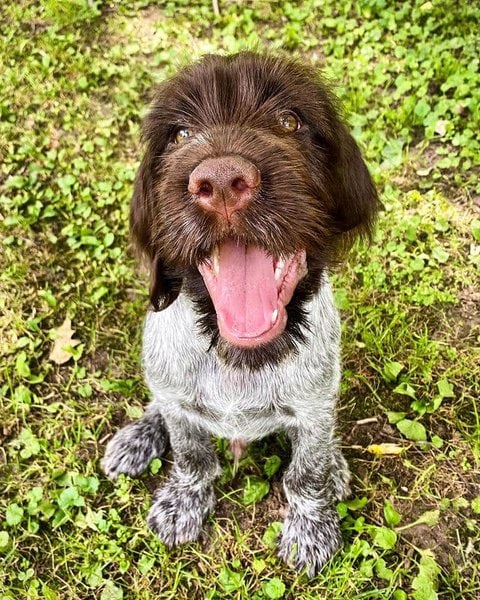
Despite being recognized as a standard breed by several kennel clubs all over the world, the Wirehaired Pointing Griffon is an incredibly difficult breed to come across outside Germany.
There is also the fact that the dog’s origins are contested given the fact that, though developed in Germany, the breeder responsible for these dogs was actually Dutch. That is just an interesting fact and is neither here nor there.
The best thing about this dog is the wiry coat that sheds minimally making it definitely worth considering for people with dog allergies.
5. Landseer
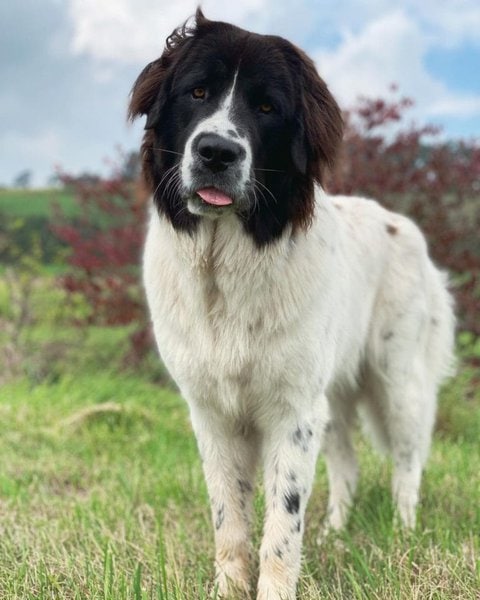
The Landseer is a truly massive dog weighing in at up to 150 lbs and measuring about 28 inches in height. Genetically speaking, it is a coat variation of the Newfoundland breed with a piebald mutation that gives it its black spots on the white fur aesthetic.
This breed was technically developed in Canada. However, Germany is one of the few countries that recognizes Landseers as independent dog breeds from Newfoundland.
4. Biewer Terrier
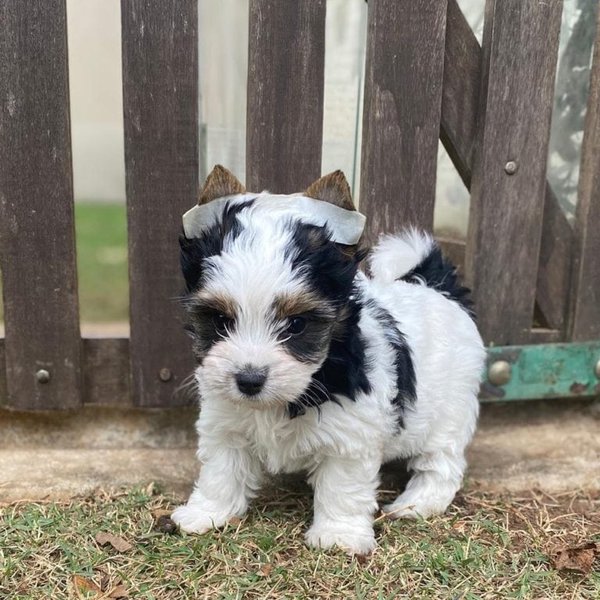
This is another dog that is recognized as an independent breed in Germany despite being nothing more than a coat variation of the main breed.
Here, the Biewer Terrier is a variation of the Yorkshire Terrier featuring the piebald gene with dark-colored spots over a white fur base.
In Germany, breeders have focused on propagating this genetic mutation thus leading to its wide acceptance as a breed in its own right.
3. Saarloos Wolfdog
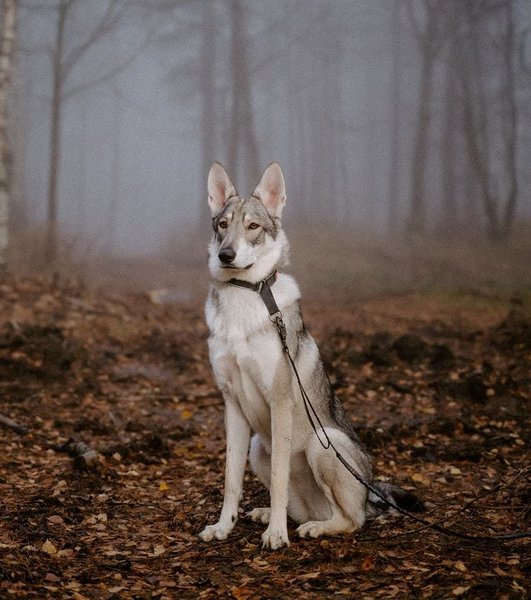
This is a cross between a German Shepherd and a Eurasian Wolf. It has one of the strongest wolf-like aesthetics and is actually technically regarded as a wolf-dog.
While the Saarloos Wolfdog may be pretty to look at, it is not the easiest dog to deal with. The wildness from the wolf bloodline is very hard to breed out and the resulting dog is very prone to aggression.
It is therefore very important to start bonding, obedience training, and socialization as early as possible.
2. Great Dane
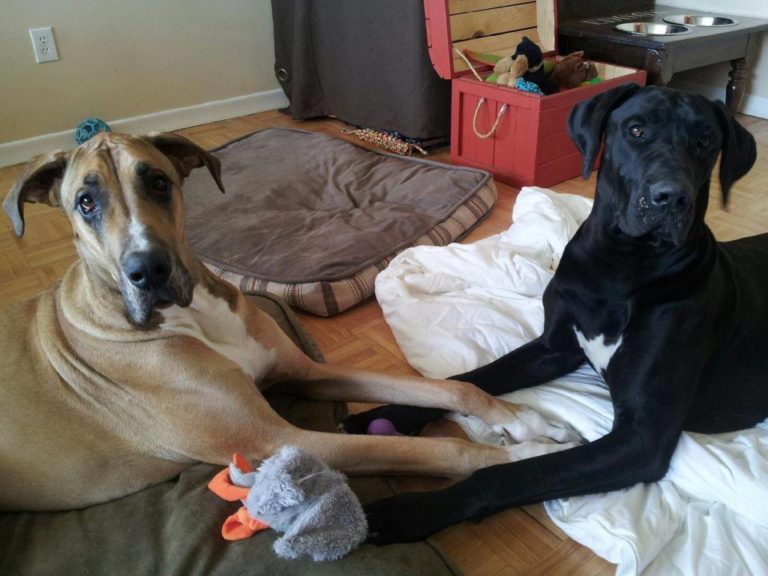
The Great Dane is a giant dog that can grow as large as 200 lbs and more than 32 inches. Despite its intimidating build, this German breed is one of the most gentle and friendly dogs you will ever come across.
They are known for their love of spending time with their owners especially outdoors. With strangers, on the other hand, these dogs tend to be a little reserved and need some time to warm up.
1. German Shepherd
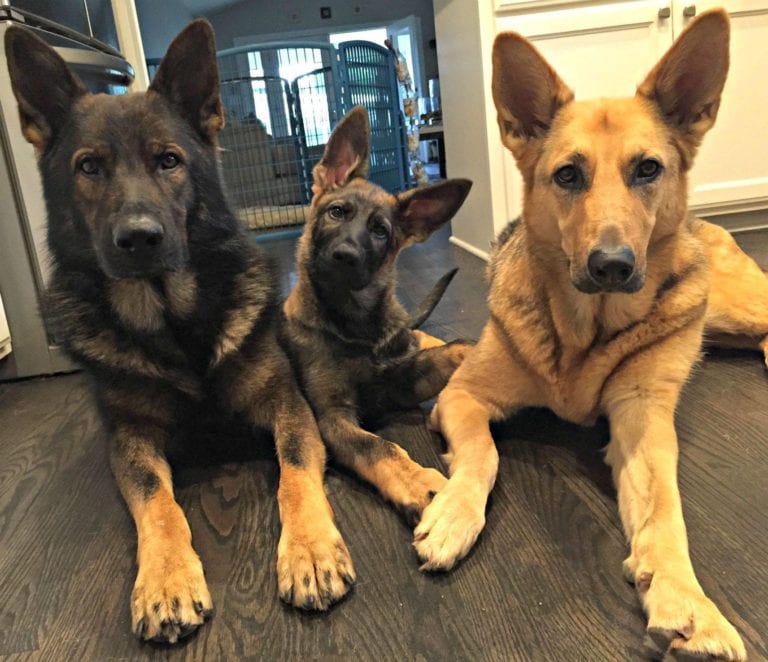
The German Shepherd is perhaps the best-known dog breed in Germany. I mean it is literally built into the name.
This popularity is widespread with the breed being considered 2019’s second most popular dog according to the American Kennel Club. Even the 46th POTUS has this very same breed.
This is largely due to their high intelligence and unwavering longing for approval from their owners to whom they are very loyal. These traits are also why these dogs are so often used in watchdog and protection tasks.
Related Questions
What Is The Most Expensive German Shepherd?
Julia, a German shepherd from the Harrison K-9 company, is the most expensive German Shepherd that has ever been sold. She was bought by an anonymous American businessman for a whopping $230,000. She was valued so highly for her high pedigree, human-like intelligence, and expert training in personal protection.
What Is The Most Popular Dog In Germany?
The German shepherd is the most popular dog breed in Germany. It is valued mainly as a guard dog both in domestic settings and in law enforcement. However, they are increasingly growing in popularity as companion dogs in which case early socialization and obedience training is absolutely crucial. The Dachshund is a close second in popularity in Germany.
Who Is The Richest Dog In The World?
The world’s richest dog is a German Shepherd named Gunther from Germany. The pooch inherited an almost $80 million fortune from her owner who was a local countess. Over time, her human handlers have invested this wealth turning it into an insane $400 million estate to support the pooch’s lavish lifestyle.

